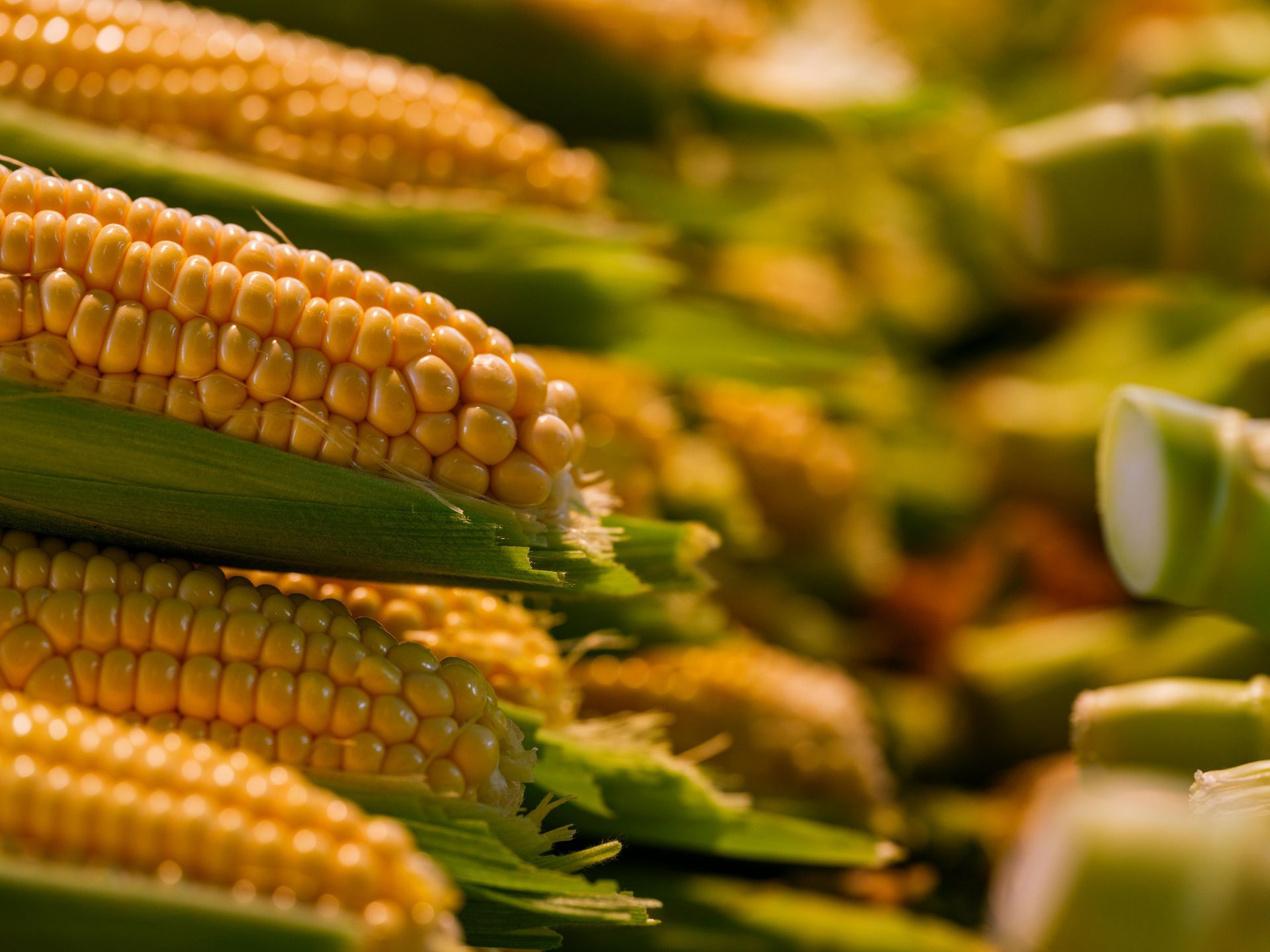How To Use Cornmeal to Control Weeds in Your Yard:
What Really Works
If you’ve ever wandered the lawn care aisle and spotted bags of corn gluten meal promising to keep your yard weed-free, you might wonder: Can something as simple as cornmeal really help with weeds? As a lawn care professional, I get this question every spring and fall from folks of all ages-whether you’re 20 and just bought your first house, or 90 and still tending your prized roses.
Let’s dig into what works, what doesn’t, and how you can use corn gluten meal (not plain cornmeal!) to help manage weeds in your yard.
Cornmeal vs. Corn Gluten Meal: What’s the Difference?
First, let’s clear up a big point of confusion. Plain cornmeal-the kind you bake cornbread with-does not control weeds. It might add a little nutrition to your soil, but it won’t stop weed seeds from sprouting.
The real weed-fighting ingredient is corn gluten meal (CGM). This is a by-product of corn milling, packed with protein, and it’s been used as a natural pre-emergent herbicide for over 30 years. I remember one client who sprinkled regular cornmeal on her flower beds for weeks, only to call me in frustration when the dandelions kept popping up. Once we switched her to CGM, she finally saw results.
How Does Corn Gluten Meal Work?
Corn gluten meal works before weeds appear-it’s a pre-emergent, not a post-emergent herbicide. Here’s the science: CGM contains proteins that, when broken down in the soil, release dipeptides. These dipeptides prevent newly germinated seeds from developing roots, so the seedlings die off before they can take hold.
But timing is everything. If you apply CGM after weeds have already sprouted, it won’t kill them-in fact, the nitrogen in CGM might actually help them grow!
What Weeds Does Corn Gluten Meal Control?
CGM is effective against a variety of grassy and broadleaf weeds, including:
Crabgrass
Dandelion
Foxtail
Chickweed
Lambsquarters
Purslane
Redroot pigweed
It’s also safe for use around many garden crops like strawberries, onions, and herbs-just be careful, because it will prevent all seeds from rooting, including your grass or veggie seeds.
When and How to Apply Corn Gluten Meal
Timing is Everything
Apply before weed seeds germinate. For most summer weeds, that’s late March to mid-April. For winter weeds, late August is best.
Soil temperature matters. For example, crabgrass germinates when soil hits about 55°F. Use a soil thermometer or check online for local soil temps.
Watch the weather. CGM needs to be watered in lightly after application, but then you want a dry spell for a couple of days. Too much rain right after application, and weeds might recover and grow roots anyway.
How Much to Apply
Use at least 20 pounds per 1,000 square feet-some studies suggest up to 40 pounds for best results.
Choose a product with at least 60% protein. Lower protein content means less weed control.
Step-by-Step Application
Remove existing weeds. Hand-pull or spot-treat any weeds that have already sprouted-they’re too mature for CGM to affect.
Prepare your lawn. Dethatch and rake to help CGM reach the soil surface.
Spread CGM evenly. Use a broadcast spreader, and calibrate it to ensure you’re applying the right amount.
Lightly water in. About ¼ inch of water is enough to activate the proteins, but don’t overdo it.
Avoid overseeding at the same time. CGM will stop grass seeds from rooting, too.
What to Expect: Results and Limitations
Don’t expect miracles in year one. Studies show CGM controls about 60% of weeds in the first year, 80% in the second, and up to 90% by the third year with consistent use.
Multiple applications may be needed. Especially in heavy soils or rainy climates, you might need a second application in late summer.
CGM is not a cure-all. It won’t control perennial weeds or those already established. And it’s only effective during that narrow window when seeds are germinating.
I’ve had clients who gave up after one season, but those who stuck with annual applications saw their weed problems shrink year after year. One neighbor of mine, who’s in his 70s, swears by his spring and fall CGM routine-and his lawn is the envy of the block.
The Bonus: Natural Fertilizer
One of the best things about corn gluten meal is that it doubles as a slow-release, organic fertilizer. It’s about 10% nitrogen by weight, which feeds your lawn as it suppresses weeds. Just remember, this benefit applies to all plants in the area-including weeds if they’re already established!
Common Mistakes to Avoid
Using plain cornmeal. It won’t work-stick to corn gluten meal.
Applying after weeds have sprouted. CGM is only effective as a pre-emergent.
Overwatering after application. Too much moisture can let weeds recover.
Overseeding at the same time. Wait at least six weeks after CGM application before planting new grass seed.
Is Corn Gluten Meal Right for You?
Corn gluten meal is a great option if you’re looking for an organic, environmentally friendly way to reduce weeds over time. It’s safe for pets and kids, and it improves soil health. But it does require patience, precise timing, and regular use for best results.
If you’re battling a serious weed invasion or need instant results, you may need to combine CGM with other methods, like hand-pulling or targeted spot treatments.
Final Thoughts
As someone who’s tested just about every weed control method out there, I can say corn gluten meal is a solid tool in your organic lawn care toolkit-just don’t expect overnight success. With the right timing and a bit of persistence, you’ll see fewer weeds and a healthier lawn year after year.
And if you ever have questions, don’t hesitate to ask us here at Willow's Bend Lawncare.



